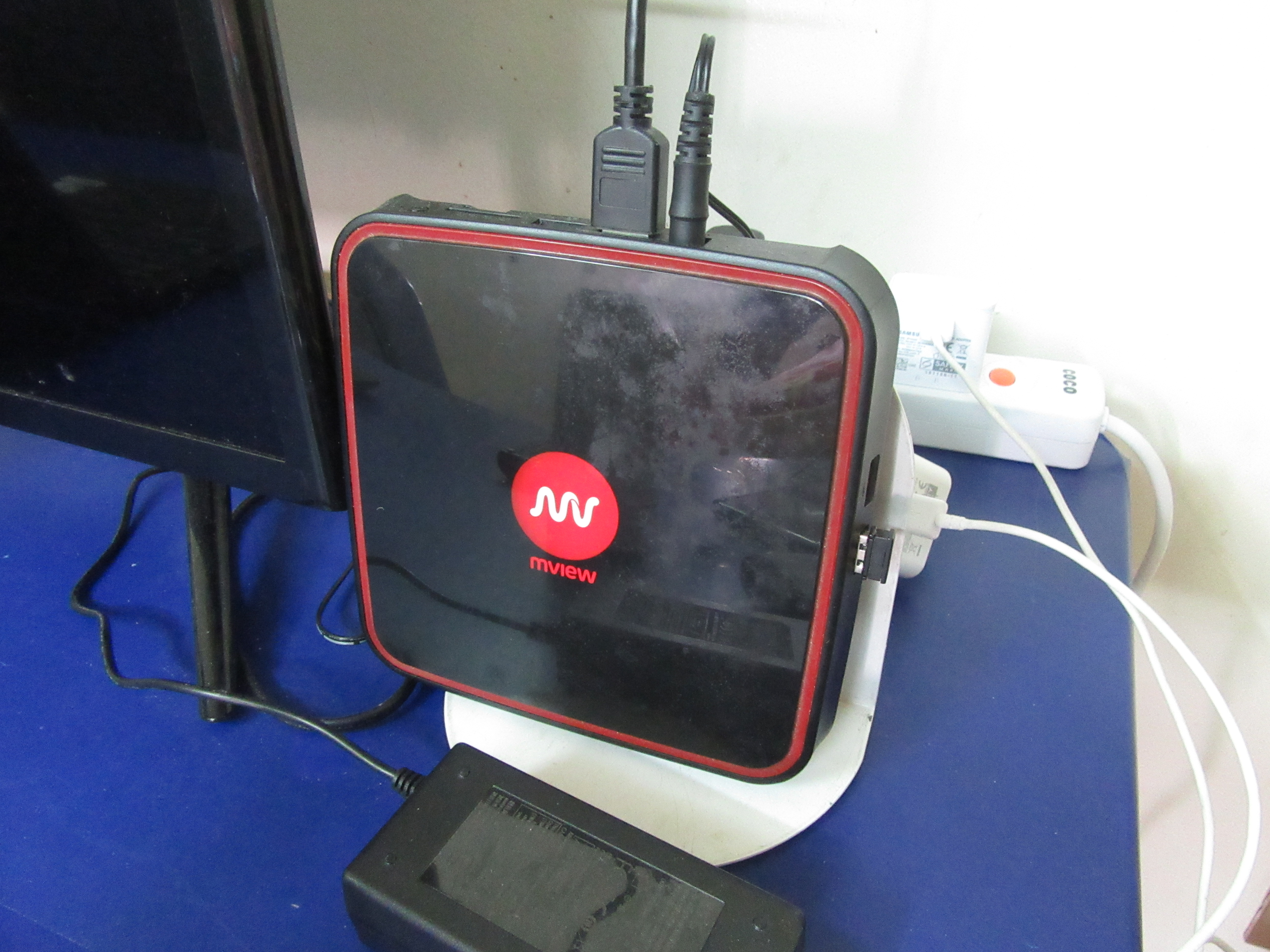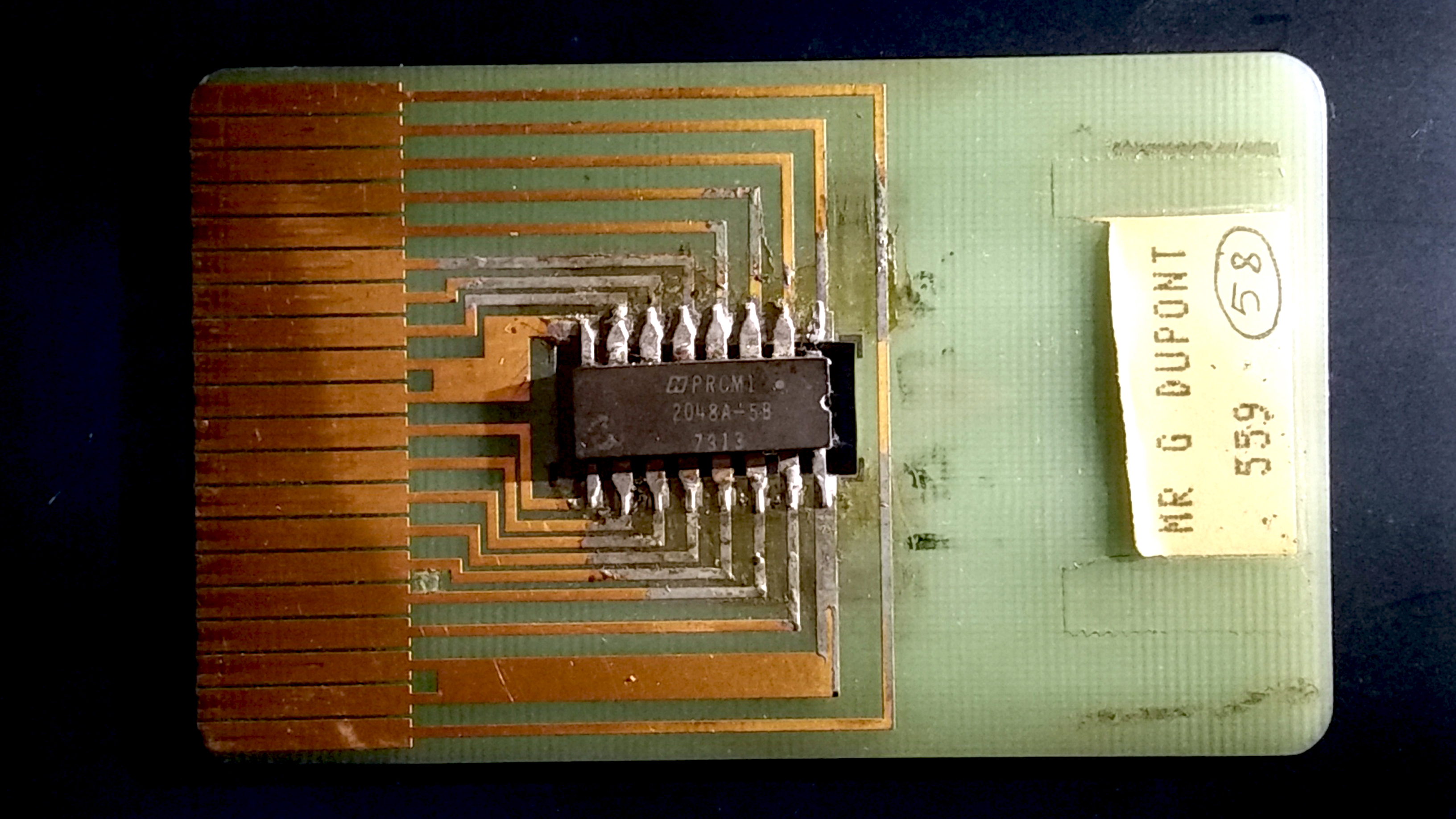|
Via Embratel
Claro TV+ (Claro TV until March 2022) is a Latin American operator of pay television. The service is supplied by Embratel and Claro companies and operates in Star One C4 satellite. Its transmission system is DTH (Direct to Home) in Ku Band, and the channels are encrypted by Nagravision 3 system. The reception is made via mini-satellite dish and a DVB-S2 receiver, and subscribers authentication is made by conditional access card. History In Brazil, it was launched as Via Embratel on December 16, 2008. As of October 2011, Via Embratel had achieved 2,000,000 subscribers. Via Embratel was acquired by Claro on March 1, 2012, with the same service, price, payment method, programming, features and quality. The contract remained the same and the invoice was identified by Claro TV, together with Embratel Livre (which became Claro Fixo). On the same day, the Warner Channel debuted in HD. Via Embratel had operations throughout Brazil, as it operated in the satellite pay TV sector. V ... [...More Info...] [...Related Items...] OR: [Wikipedia] [Google] [Baidu] |
Telecommunication
Telecommunication, often used in its plural form or abbreviated as telecom, is the transmission of information over a distance using electronic means, typically through cables, radio waves, or other communication technologies. These means of transmission may be divided into communication channels for multiplexing, allowing for a single medium to transmit several concurrent Session (computer science), communication sessions. Long-distance technologies invented during the 20th and 21st centuries generally use electric power, and include the electrical telegraph, telegraph, telephone, television, and radio. Early telecommunication networks used metal wires as the medium for transmitting signals. These networks were used for telegraphy and telephony for many decades. In the first decade of the 20th century, a revolution in wireless communication began with breakthroughs including those made in radio communications by Guglielmo Marconi, who won the 1909 Nobel Prize in Physics. Othe ... [...More Info...] [...Related Items...] OR: [Wikipedia] [Google] [Baidu] |
DVB-S2
Digital Video Broadcasting - Satellite - Second Generation (DVB-S2) is a digital television broadcast standard that has been designed as a successor for the popular DVB-S system. It was developed in 2003 by the Digital Video Broadcasting Project, an international industry consortium, and ratified by ETSI (EN 302307) in March 2005. The standard is based on, and improves upon DVB-S and the electronic news-gathering (or Digital Satellite News Gathering) system, used by mobile units for sending sounds and images from remote locations worldwide back to their home television stations. DVB-S2 is designed for broadcast services including standard and HDTV, interactive services including Internet access, and (professional) data content distribution. The development of DVB-S2 coincided with the introduction of HDTV and H.264 (MPEG-4 AVC) video codecs. Two new key features that were added compared to the DVB-S standard are: * A powerful coding scheme based on a modern LDPC code ... [...More Info...] [...Related Items...] OR: [Wikipedia] [Google] [Baidu] |
Sistema Brasileiro De Televisão
The Sistema Brasileiro de Televisão (; SBT ; "Brazilian Television System") is a Brazilian free-to-air television network founded on Wednesday, 19 August 1981, by the businessman and television personality Silvio Santos. The company was established after a public tender by the Federal government of Brazil, Brazilian Federal Government to form two new networks, created from revoked concessions of the defunct Rede Tupi, Tupi and Rede Excelsior, Excelsior networks. The SBT was founded on the same day that the concession agreement was signed, and that the act was broadcast Live television, live by the network, so that this was his first program aired. Before acquiring the concessions of the four stations that were to form the SBT, Grupo Silvio Santos had since 1976 the concession of Rio de Janeiro's channel 11, known as TVS Rio de Janeiro (now SBT Rio), which was a fundamental step to give life to the SBT. In April 2018, the SBT was the second-most watched television network in Br ... [...More Info...] [...Related Items...] OR: [Wikipedia] [Google] [Baidu] |
Futura (TV Channel)
Canal Futura (''Futura Channel''), also known as Futura, is a Brazilian paid educational television channel. It is owned by Fundação Roberto Marinho, the philanthropy branch of Grupo Globo, operated by Globo and was founded on September 22, 1997. The channel of the station is captured on cable TV operators, and satellite dishes. History The station was established in 1997 as a project of the Fundação Roberto Marinho (''Roberto Marinho Foundation''). It has since become a reference as a project of education and relevant experience of social investment. The Canal Futura was created to bring the entire Brazilian population, especially the lower classes, knowledge that can be applied to everyday life, generating and proposing changes to a better integration in the labor market, family life, school and social.The station is financially supported by the following partners maintainers: National Confederation of Industry of Brazil (CNI), Federation of Industries of the State of São ... [...More Info...] [...Related Items...] OR: [Wikipedia] [Google] [Baidu] |
TV Globo
TV Globo (stylized as tvglobo; , ), formerly known as Rede Globo de Televisão (; shortened to Rede Globo) or simply known as Globo, is a Brazilian free-to-air Television broadcasting, television network, launched by media proprietor Roberto Marinho on 26 April 1965. It is owned by Globo, a division of media conglomerate Grupo Globo, in turn owned by Marinho's heirs. The network is by far the largest of its holdings. TV Globo is the largest commercial TV network in Latin America, the second largest commercial TV network in the world and the largest producer of telenovelas. All of this makes Globo renowned as one of the most important television networks in the world and Grupo Globo as one of the largest media groups. TV Globo is headquartered in the Jardim Botânico, Rio de Janeiro, Jardim Botânico neighborhood of Rio de Janeiro, where its news division is based. The network's main production studios are located at a complex dubbed Estúdios Globo, located in Jacarepaguá, in ... [...More Info...] [...Related Items...] OR: [Wikipedia] [Google] [Baidu] |
IPTV
Internet Protocol television (IPTV), also called TV over broadband, is the service delivery of television over Internet Protocol (IP) networks. Usually sold and run by a Telephone company, telecom provider, it consists of broadcast live television that is streamed over the Internet (multicast) — in contrast to delivery through traditional Terrestrial television, terrestrial, Satellite television, satellite, and Cable television, cable transmission formats — as well as video on demand services for watching or replaying content (unicast). IPTV broadcasts started gaining usage during the 2000s alongside the rising use of broadband-based internet connections. It is often provided bundled with internet access services by ISPs to subscribers and runs in a closed network. IPTV normally requires the use of a set-top box, which receives the encoded television content in the MPEG transport stream via IP multicast, and converts the Data packet, packets to be watched on a TV set or ot ... [...More Info...] [...Related Items...] OR: [Wikipedia] [Google] [Baidu] |
VRAD
A video-ready access device (VRAD) provides digital subscriber line access and high-definition television programming to customers subscribed to IPTV services such as AT&T's U-verse, Bell Canada's Bell Fibe TV, Claro Puerto Rico's Claro TV, and Telus's Optik TV. VRAD equipment manufactured by Alcatel-Lucent can be configured to support between 48 and 864 lines per box. The VRAD boxes are composed of circuit boards providing service, fed by fiber-optic cable. AT&T VRADs There are 2 types of VRAD systems currently used by AT&T: FTTN (fiber to the node), and FTTP (fiber to the premises). FTTN, widely used where copper facilities exist in established neighborhoods, uses an Alcatel-Lucent 7330 Intelligent Services Access Manager (ISAM) shelf, [...More Info...] [...Related Items...] OR: [Wikipedia] [Google] [Baidu] |
Puerto Rico
; abbreviated PR), officially the Commonwealth of Puerto Rico, is a Government of Puerto Rico, self-governing Caribbean Geography of Puerto Rico, archipelago and island organized as an Territories of the United States, unincorporated territory of the United States under the designation of Commonwealth (U.S. insular area), commonwealth. Located about southeast of Miami, Miami, Florida between the Dominican Republic in the Greater Antilles and the United States Virgin Islands, U.S. Virgin Islands in the Lesser Antilles, it consists of the eponymous main island and numerous smaller islands, including Vieques, Puerto Rico, Vieques, Culebra, Puerto Rico, Culebra, and Isla de Mona, Mona. With approximately 3.2 million Puerto Ricans, residents, it is divided into Municipalities of Puerto Rico, 78 municipalities, of which the most populous is the Capital city, capital municipality of San Juan, Puerto Rico, San Juan, followed by those within the San Juan–Bayamón–Caguas metro ... [...More Info...] [...Related Items...] OR: [Wikipedia] [Google] [Baidu] |
National Telecommunications Agency (Brazil)
The National Telecommunications Agency () or Anatel is a special agency in Brazil Brazil, officially the Federative Republic of Brazil, is the largest country in South America. It is the world's List of countries and dependencies by area, fifth-largest country by area and the List of countries and dependencies by population ... created by the general telecommunications act (Law 9472, 16/07/1997) in 1997 and governed by Decree 2338 of 07/10/1997. The agency is administratively and financially independent, and not hierarchically subordinate to any government agency. Its decisions can only be appealed in court. From the Ministry of Communications, Anatel has inherited the powers of granting, regulating, and supervising telecommunications in Brazil as well as much technical expertise and other material assets. Certification of Telecommunication Products by Anatel The certification of telecommunication equipment in Brazil is regulated by the National Telecommunications Agency ... [...More Info...] [...Related Items...] OR: [Wikipedia] [Google] [Baidu] |
Via Embratel
Claro TV+ (Claro TV until March 2022) is a Latin American operator of pay television. The service is supplied by Embratel and Claro companies and operates in Star One C4 satellite. Its transmission system is DTH (Direct to Home) in Ku Band, and the channels are encrypted by Nagravision 3 system. The reception is made via mini-satellite dish and a DVB-S2 receiver, and subscribers authentication is made by conditional access card. History In Brazil, it was launched as Via Embratel on December 16, 2008. As of October 2011, Via Embratel had achieved 2,000,000 subscribers. Via Embratel was acquired by Claro on March 1, 2012, with the same service, price, payment method, programming, features and quality. The contract remained the same and the invoice was identified by Claro TV, together with Embratel Livre (which became Claro Fixo). On the same day, the Warner Channel debuted in HD. Via Embratel had operations throughout Brazil, as it operated in the satellite pay TV sector. V ... [...More Info...] [...Related Items...] OR: [Wikipedia] [Google] [Baidu] |
Smart Card
A smart card (SC), chip card, or integrated circuit card (ICC or IC card), is a card used to control access to a resource. It is typically a plastic credit card-sized card with an Embedded system, embedded integrated circuit (IC) chip. Many smart cards include a pattern of metal contacts to electrically connect to the internal chip. Others are Contactless smart card, contactless, and some are both. Smart cards can provide personal identification, authentication, data storage, and application processing. Applications include identification, financial, public transit, computer security, schools, and healthcare. Smart cards may provide strong security authentication for single sign-on (SSO) within organizations. Numerous nations have deployed smart cards throughout their populations. The universal integrated circuit card (UICC) for mobile phones, installed as pluggable SIM card or embedded eSIM, is also a type of smart card. , 10.5billion smart card IC chips are manufactured annually ... [...More Info...] [...Related Items...] OR: [Wikipedia] [Google] [Baidu] |


